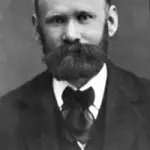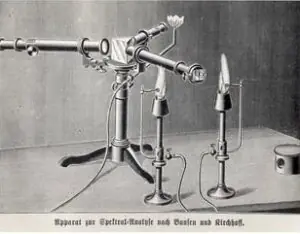Continuing from the previous question -
B, who collaborated with many very smart people in his time, also worked with D. (one of B and Ds collaborations, albeit a whimsical one, has appeared on Boiledbeans before). D is an American AI scientist who laid the foundations of the field of neural networks, so to speak.
D is a vocal critic of the Loebner prize event. This event is set in the format of a test named after famous British mathematicianE. E and B had collaborated for some time when E was posted to the US on matters of cryptanalysis. E is arguably even more influential than B and D, since both worked to extend E’s results in many ways, and for many more reasons that will be obvious to people who’ve figured all 3 out :)
E was, at heart, a mathematician. E developed a theoretical ‘machine’ that was named after him. He used this machine to tackle a problem (or, as some would say, the problem) posed by David Hilbert. in 1937 he came out with a solution that utilized his machines to solve the problem. However, a year earlier, F had already published a paper solving the problem by utilizing lambda calculus. The result, terribly important to some core sections of maths and computer science, is now known as the E-F Theorem.
Identify D, E and F for 1 point. No part points. Pseudo-bonus points for naming the problem from memory without misspelling it :)
Cracked by: grey_matters, Goyal, username, Sumanth Patlolla, buk, jowens, byslexia, KK, Raghuvansh, Siddarth Pai, Rogi, Thejas V R, Dibyo, shrik, Shwetha Maiya, badideabear, Rahulk, Bharath, rickde, Aditya S, anurag, amarendra, raklodramA, Ananth, Manish Achuth, Sujoy and mankuTimma
Show Answer
D-Marvin Minsky














